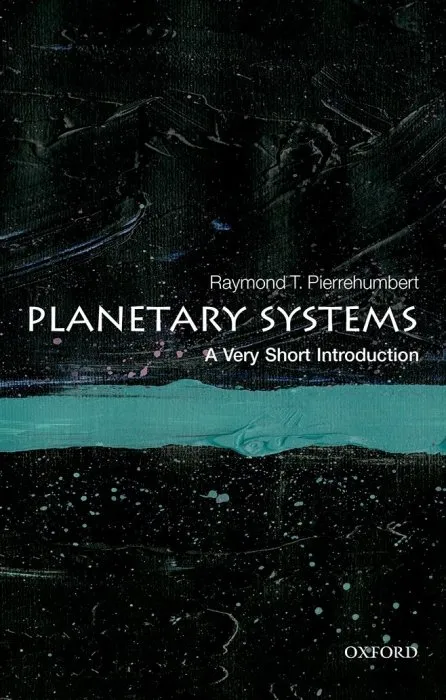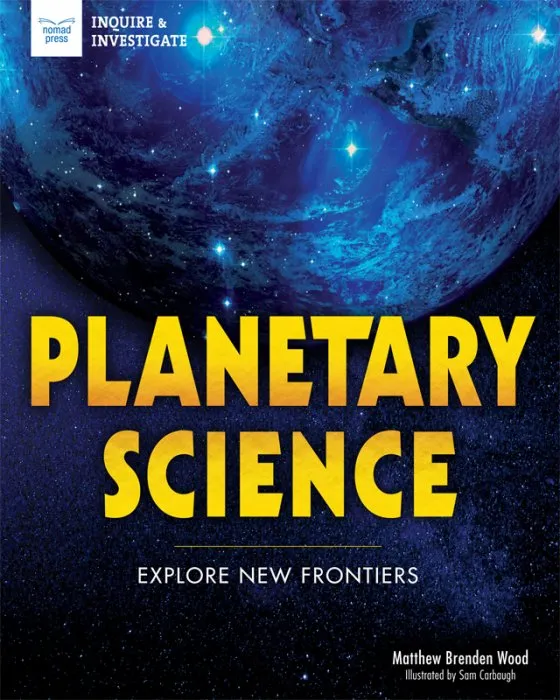Hidden in the Heavens: How the Kepler Mission's Quest for New Planets Changed How We View Our Own

Date: October 29th, 2024
ISBN: 069124247X
Language: English
Number of pages: 272 pages
Format: EPUB
Add favorites
An insider's account of the NASA mission that changed our understanding of planets, planetary systems, and the stars they orbit
Are we alone in the universe? It's a fundamental question for Earth-dwelling humankind. Are there other worlds like ours, out there somewhere? In Hidden in the Heavens, Jason Steffen, a former scientist on NASA's Kepler mission, describes how that mission searched for planets orbiting Sun-like stars—especially Earth-like planets circulating in Earth-like orbits. What the Kepler space telescope found, Steffen reports, contradicted centuries of theoretical and observational work and transformed our understanding of planets, planetary systems, and the stars they orbit. Kepler discovered thousands of planets orbiting distant stars—a bewildering variety of celestial bodies, including rocky planets being vaporized by the intense heat of their host star; super-Earths and sub-Neptunes, with properties simultaneously similar to and different from both Earth and Neptune; gas giants several times the size and mass of Jupiter; and planets orbiting in stellar systems that had only been imagined in science fiction.
It was, Steffen says, the opportunity of a lifetime to work in the most exciting scientific field on the most awe-inspiring mission. He offers a unique, inside account of the work of the Kepler science team (and the sometimes chaotic interactions among team members), mapping the progress of the mission from the launch of the rocket that carried Kepler into space to the revelations of the data that began to flow to the supercomputer back at NASA—evidence of strange new worlds unlike anything found in our own solar system.
Are we alone in the universe? It's a fundamental question for Earth-dwelling humankind. Are there other worlds like ours, out there somewhere? In Hidden in the Heavens, Jason Steffen, a former scientist on NASA's Kepler mission, describes how that mission searched for planets orbiting Sun-like stars—especially Earth-like planets circulating in Earth-like orbits. What the Kepler space telescope found, Steffen reports, contradicted centuries of theoretical and observational work and transformed our understanding of planets, planetary systems, and the stars they orbit. Kepler discovered thousands of planets orbiting distant stars—a bewildering variety of celestial bodies, including rocky planets being vaporized by the intense heat of their host star; super-Earths and sub-Neptunes, with properties simultaneously similar to and different from both Earth and Neptune; gas giants several times the size and mass of Jupiter; and planets orbiting in stellar systems that had only been imagined in science fiction.
It was, Steffen says, the opportunity of a lifetime to work in the most exciting scientific field on the most awe-inspiring mission. He offers a unique, inside account of the work of the Kepler science team (and the sometimes chaotic interactions among team members), mapping the progress of the mission from the launch of the rocket that carried Kepler into space to the revelations of the data that began to flow to the supercomputer back at NASA—evidence of strange new worlds unlike anything found in our own solar system.
Download Hidden in the Heavens: How the Kepler Mission's Quest for New Planets Changed How We View Our Own
Similar books
Information
Users of Guests are not allowed to comment this publication.
Users of Guests are not allowed to comment this publication.




